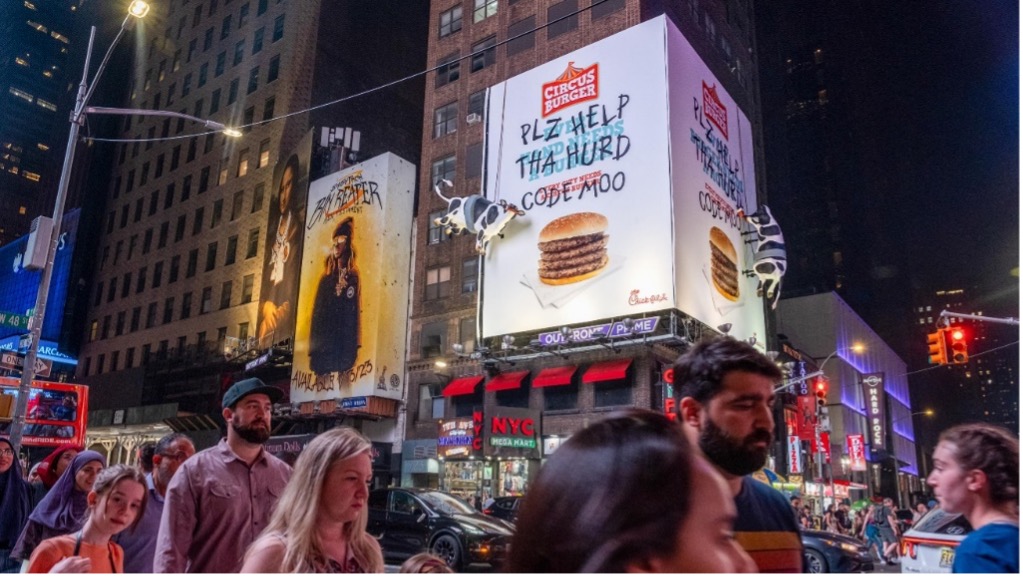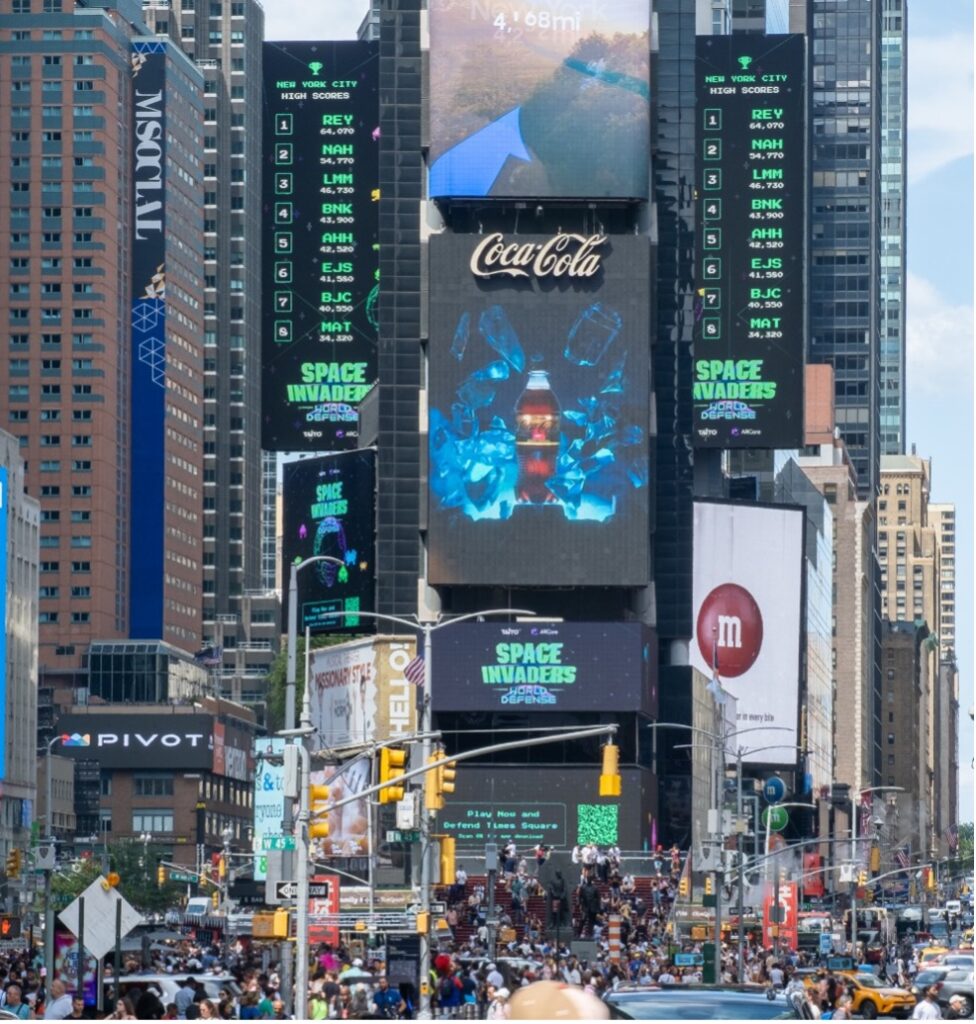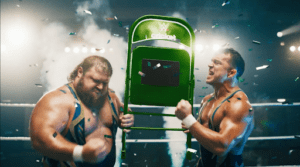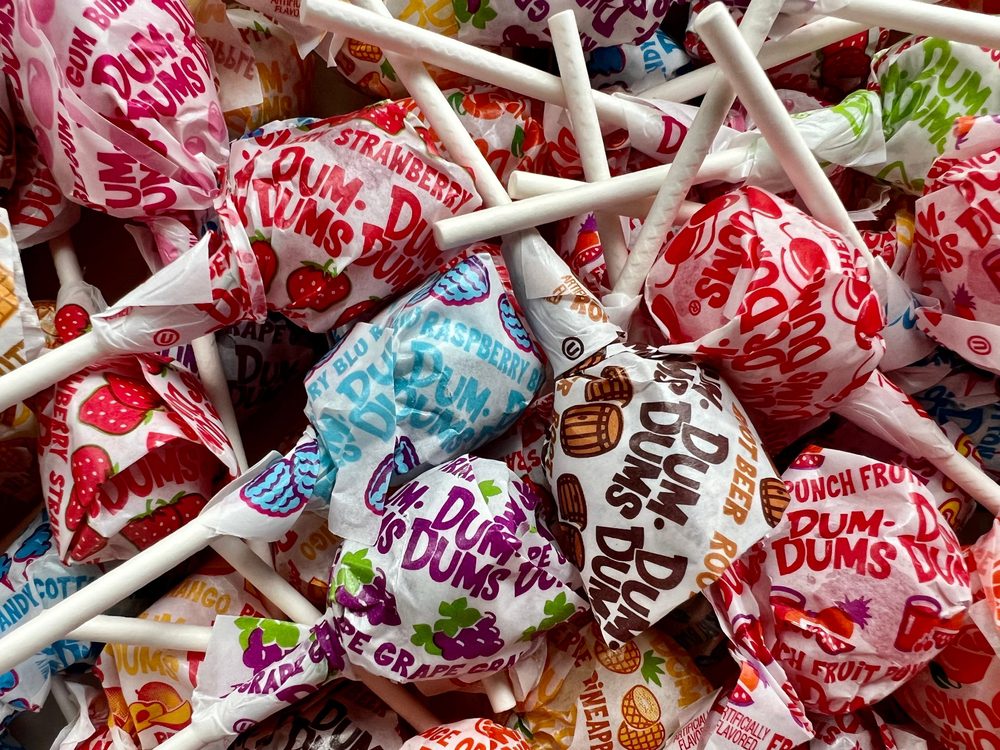The inclusion of gaming culture and gamification in omnichannel marketing strategies is becoming more commonplace. Simultaneously, a variety of macro-factors are fracturing the media landscape and creating a vacuum for trust and attention. As brands navigate issues like declining television viewership, digital burnout and a world without cookies, they are also looking for new and innovative ways to connect with younger generations of consumers with massive buying power.
While not “new,” out of home (OOH) is increasingly becoming a channel of choice for brands looking to amplify their gamification efforts.
It Starts With Audience
As Gen-Z and Gen Alpha become increasingly valuable audiences, marketers continue to struggle with ways to communicate with them authentically. Fast Company writes that “Gen Z have a carefully tuned radar for being sold to and a limited amount of time and energy to spend assessing whether something’s worth their time. Getting past these filters and winning their attention will mean providing them with engaging and immediately beneficial experiences.”
There’s also the fact that Gen-Z and Gen Alpha were born into the gaming world. Their parlance, social interactions and experiences are derivative of the gaming culture. According to a recent report from Deloitte, video games are the main social outlet for 40 percent of millennials and Gen-Z. As brands look to gamification as a way to navigate these audiences, they need to also reconcile how to promote their games authentically.
Avoid Interrupting the Gaming Experience
According to Kantar’s 2023 Media Reactions survey, consumers prefer channels that “cause the least interruption to their lives,” with OOH being three of their top five preferred channels. The study also details attention to advertising with many consumers saying OOH ads are the most attention capturing. Conversely, the top three advertisements consumers tend to ignore are: online/mobile games, video streaming ads and music streaming ads.
We also know that OOH is a strong drivers of consumers’ digital behaviors. ComScore released a study last year that said OOH is nearly five times more efficient at driving app downloads when compared to other media like TV, display, radio and print. The same study also noted that OOH is seven times more efficient at driving social posts. From promoting loyalty programs to immersive advertising via Web3 technologies, there are many manifestations of how OOH is being woven into gamification strategies. Following are three real-world examples.
Chick-Fil-A – Tapping Customer Loyalty

This summer, Chick-fil-A’s beloved cow mascots battled fictitious rival Circus Burger in the game “Code Moo.” In an attempt to gamify their loyalty rewards, each week users were able to help the cows on “missions,” with successful missions leading to a variety of rewards. To promote the game and drive users to their app, Chick-fil-A turned to the same media format that made the cows famous nearly thirty years ago. The brand continues to incorporate gamification strategies into its marketing channels, relying on OOH as a way to connect organically with consumers.
The NY Times Spelling Bee in Transit

Winning attention is accomplished by meeting consumers at the right place and time. The New York Times developed a fully immersive transit campaign in New York City to reach consumers when dwell time is high and downtime is abundant.
The effort featured QR codes that took players to the daily Spelling Bee, along with hints and tips to solve the puzzle. For every person who shared a “Genius” or “Queen Bee” status using a specific hashtag, the company donated $1 to First Book, which distributes educational resources to those in need.
By giving players the opportunity to give back in exchange for their attention, The New York Times was able to utilize transit advertising as a catalyst to fuel engagement with their game.
Space Invaders—A Full Immersion

This year was a landmark year for OOH and the extended reality space. As the hangover from the metaverse wears off, we are seeing the practical applications of AR/VR being applied to OOH. It started in 2022 with the expansion of 3D/spatial technology, which utilizes anthropomorphic content to create the illusion ads are popping off the screen.
Also in 2022, pioneering virtual band Gorillaz transformed New York City’s Times Square into a concert venue with a groundbreaking AR experience all set with OOH as the backdrop. In July of this year, OOH’s relationship with AR expanded again as the iconic arcade game Space Invaders came to life in cities across the world to celebrate its 45th anniversary.
In this game, OOH acted as the gateway to the virtual world, with people scanning OOH assets to access the augmented world around them. The campaign leveraged Google’s AR Core and Geospatial API, which uses surroundings and architectural elements to render a specific game’s experience to the user’s real-time location. OOH also served as a catalyst for engagement with real-time tracking of people’s scores localized to their location. In NYC, specifically, transit assets were leveraged to show dynamic leaderboards in real-time across neighborhoods.
Andrew Turner is Senior Manager, Client Strategies & Solutions, at OUTFRONT.

 Network
Network

